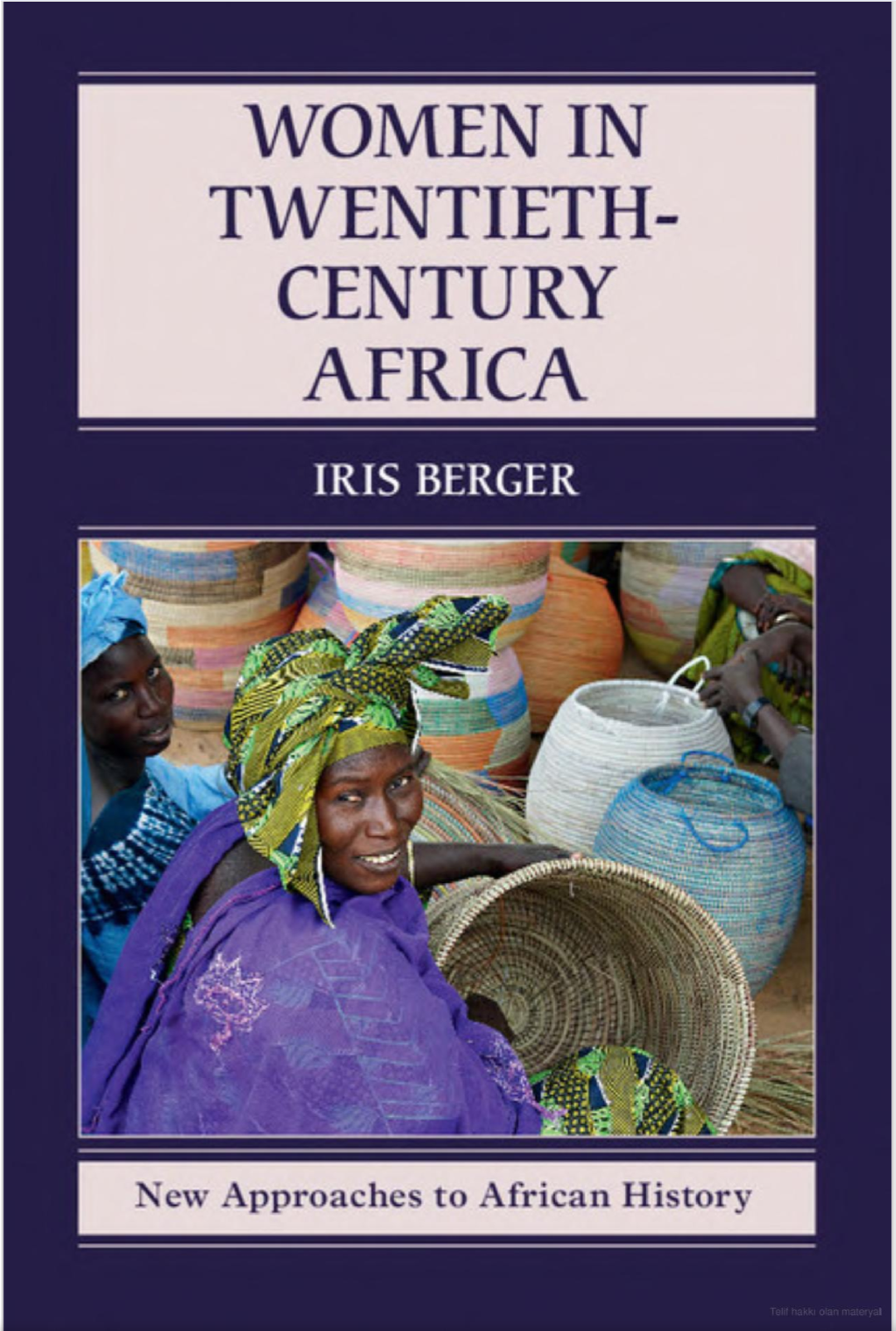By Iris Berger (2016) Cambridge University Press.
A book review by Tina Ndi
Africa provides examples of some of the most horrific rape, violence and oppression suffered by women. But also of great hope in terms of the collective struggle by women, supported by some men, to build a new society where women and men can live together as mutually supportive equals. This book provides a historical introduction to the lives and struggles of African women.
We saw the end of the overt racial discrimination in South Africa and the former Rhodesia (now Zimbabwe) before the end of the twentieth century. But most African societies, even those paying lip-service to ‘gender sensitivity’, in practice accept the worst forms of discrimination against women. Women tend to work longer hours (including domestic labour), get paid less, have fewer legal rights and even less control over their own bodies than men.
Pre-colonial societies were greatly variable “ranging from centralised kingdoms with strong rulers and clear patterns of social hierarchy to smaller-scale communities based around extended families and clans” (page 3). In most of these societies men were politically and economically dominant and richer men could have more than one wife. But virtually everywhere women had some freedom and authority both within their families and in public life (especially after their childbearing years).
The colonial era led to a relative worsening of the position of women. Some of the worst aspects of ‘traditional society’ were strengthened as the colonialists came from highly sexist European societies. This set back was largely reversed during the nationalist and independence movements that were influenced by, and in turn fed in to, the global feminist movements.
This book introduces many African women writers and organisers coming to terms with their cultural heritage and the fast changing political and economic conditions. From Nigeria these include, for example, the author Buchi Emecheta, Alimotu Pelewura a Muslim leader of the Lagos Market Women’s Association who joined the major general strike in 1945, Bene Madunagu who launched Women in Nigeria in 1983 and Dr Eka Esu-Williams who initiated programs to assist Nigerian sex workers in the 1990s.
The widespread growth of western education for girls was one of the major achievements of the immediate post-colonial period in sub-Saharan Africa. But this tailed off during the 1980s and especially with the introduction of school fees. However, between 1970 and 2009 there were still dramatic gains in girls’ education. At the primary level gender parity was achieved in ten countries and at secondary level girls were not far behind their brothers. Women even outnumber men in tertiary education in Botswana, Lesotho and Namibia. However, nine of the 10 countries globally with the worst gender imbalance are still African.
By the mid-1980s modern contraceptive use was widespread, at least in urban areas. The HIV-AIDS outbreak led to the more widespread use of condoms. However, too few African women are able to control their own fertility and so their own bodies – this must be a basic human right! All women should have access to modern contraceptives with abortion freely available as a safety net.
Unfortunately, female genital mutilation (FGM) is still widespread (but declining) in Nigeria where UNICEF estimates that 20 million girls and women have suffered from this horror – around 10% of the global total. In Ebonyi State and Osun State three quarters of women may have suffered one form of FGM or another. The over-whelming majority of Nigerian women now believe that such practices should be discontinued. Although a greater number of wealthier and better educated urban women have suffered from FGM. Legal restrictions have been introduced since 2015 at the Federal level and in at least some of the states.
By the end of the 20th Century, “the economic liberalization demanded by the international agencies intensified a growing gap between rich and poor, offering new opportunities to educated middle-class women. At the same time, the poverty of many women deepened, particularly in rural areas, in the shanty towns surrounding most of Africa’s major cities, and in countries devastated by war” (page 198).
This book provides an introduction to the history and struggles of Africa’s women seeking greater freedoms and equality. It provides inspiring tales of women fighting against the odds and making great personal sacrifices. The book indicates the progress that has been made, but shows that there is much more to be achieved before Africa can see the liberation of half its population.
Some of this book including the introduction is available from: https://tinyurl.com/y6xydy5e

